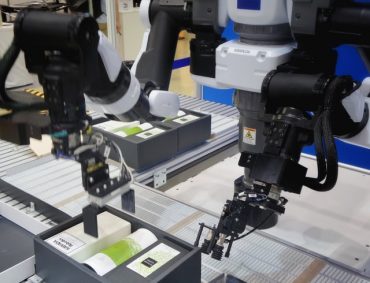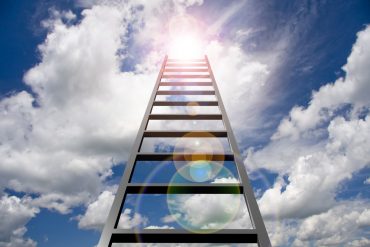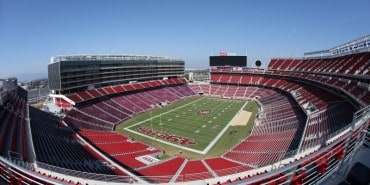Not too long ago, it took a substantial investment in systems, technology and training to develop systems that would be capable of capturing, moving and analyzing transactions or event data within a 15-minute window. Here, RTInsights Industry Insights Editor Joe McKendrick discusses a new book that shows how times have changed.
With the advent of online cloud services as well as open-source Big Data platforms, real-time processing is within reach of even the smallest budgets. “Smaller companies can go to the cloud for pre-built modules,” said Dr. John Bates, a long-time proponent of real-time event processing.
For example, a sandwich chain can avail itself of pre-built cloud services to launch a loyalty app that connects the business to the cell phones of customers. “That kind of stuff is going to be increasingly easy,” Bates said.
Bates brings the possibilities that real-time analytics has to offer combined with the emerging Internet of Things (IoT) to life in his latest book, “Thingalytics: Smart Big Data Analytics for the Internet of Things.” (See RT Insights’ review of the book here).
Sure, “Thingalytics“ is a cute word, like something Dr. Seuss would have published in one of his children’s books, but don’t be fooled by the word’s cuteness. The concept packs a lot of resonance for today’s businesses seeking to compete in an increasingly competitive yet interconnected global economy.
Bates defines Thingalytics as the use of real-time analytics and algorithms to make sense of the fast Big Data arising from the IoT. And there’s no place an algo won’t fit these days. “Algorithms feed on sensory inputs and give birth to analysis, recommendations, decisions and actions,” Bates wrote. “When they are fed with the rich inputs from streaming data and the IoT, they drive a smarter world. From Amazon deciding which books you might like to Match.com choosing your ideal life partner, algorithms have become ubiquitous.”
In his book, Bates channels Forester analyst Mike Gualtieri, who contends that Thingalytics apps are different from previous generations. Most apps were designed for people to sit in front of them to do a task. What has changed over the years is the Internet, mobile technology and the IoT. Today, people increasingly expect to have their apps do what they want in context of where they are. They need real-time apps now and those apps need to understand the environment.
Implications of Thingalytics
I recently had the opportunity to sit down with Bates, who discussed the implications of Thingalytics. “It’s really about how the heck you make sense of all this,” he told me. “There are many examples of Thingalytics in workplaces, in homes, in machines and in healthcare settings, just for starters.”
Most companies are preparing to at least tap into a piece of this action, he said. However, many enterprises don’t quite know where to begin. It’s not the hardware, it’s not the software,” he said. “The hard bit is how you go about finding the killer apps
What is needed to bring it all together, Bates said, is having the right mindset to accept the changes in business processes and philosophies that Thingalytics will bring about.
Data streaming is a good place to start. “Apps are blind but sensors can make them see,” Bates observed in his book. Sensors help provide context in the form of temperature, pressure, voltage, weather and other digitized inputs. They can inform you where your customer is. At the mall? At home? Anything you can measure that is connected to the Internet can function as context. Real-time or streaming apps constantly need greater contextual awareness, which is generated by networks and sensors.
The applications for Thingalytics will be seen everywhere in workplaces, homes, machines and hospitals, just to name a few, Bates predicts. Jet engines are already feeding constant streams of data to their manufacturers. Hotels may begin tracking who’s in the check-in line. Sensors embedded within tablets may provide a real-time picture of the insides of human bodies. Soda bottles may begin providing location and temperature data.
The good news is, that unlike the tech and analysis-heavy real-time projects of the past, Thingalytics can actually be fun,” Bates wrote. You will enjoy Thingalytics. Just remember to dive in and focus on the possible apps and their impacts. Don’t get bogged down in why this could never work.





























